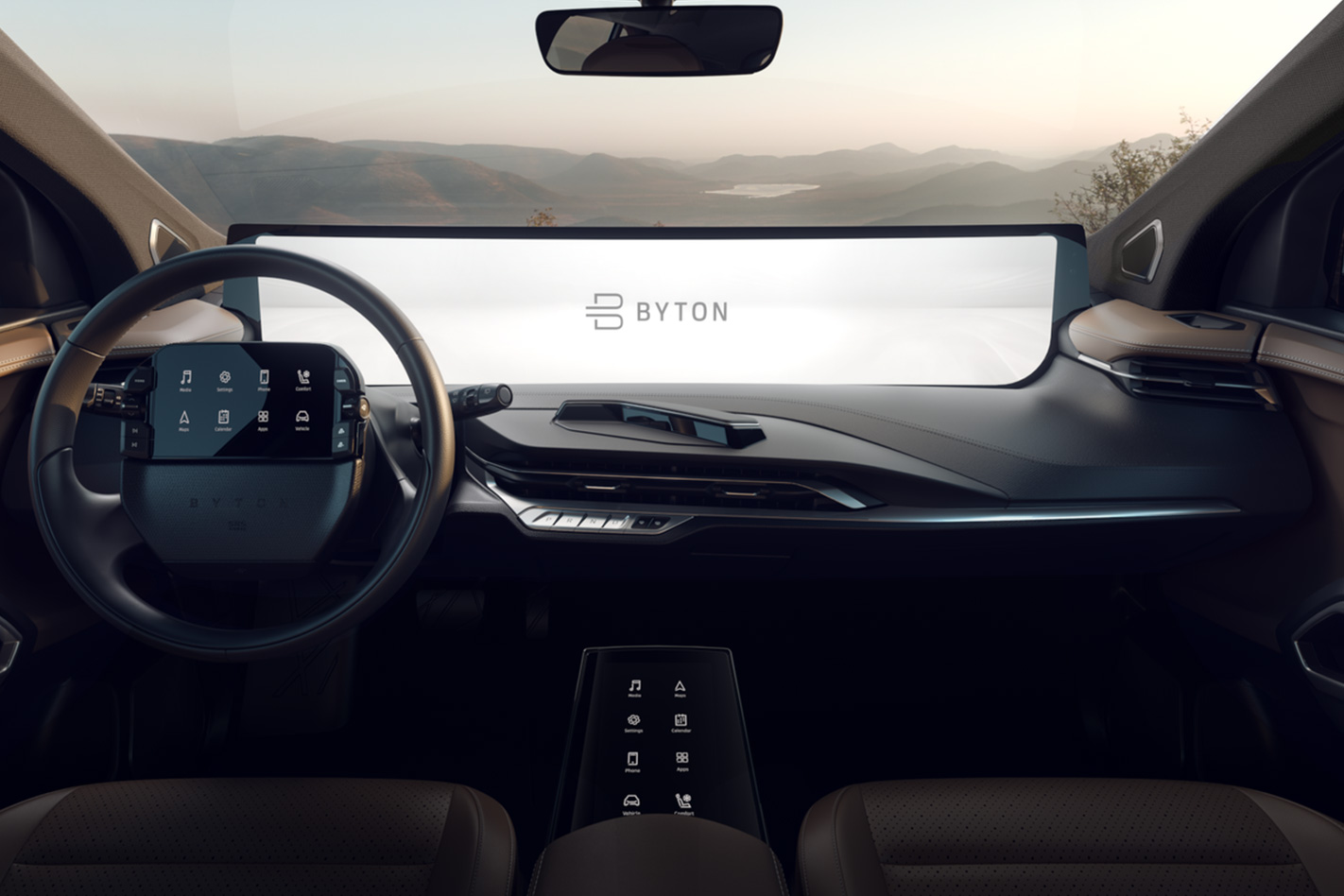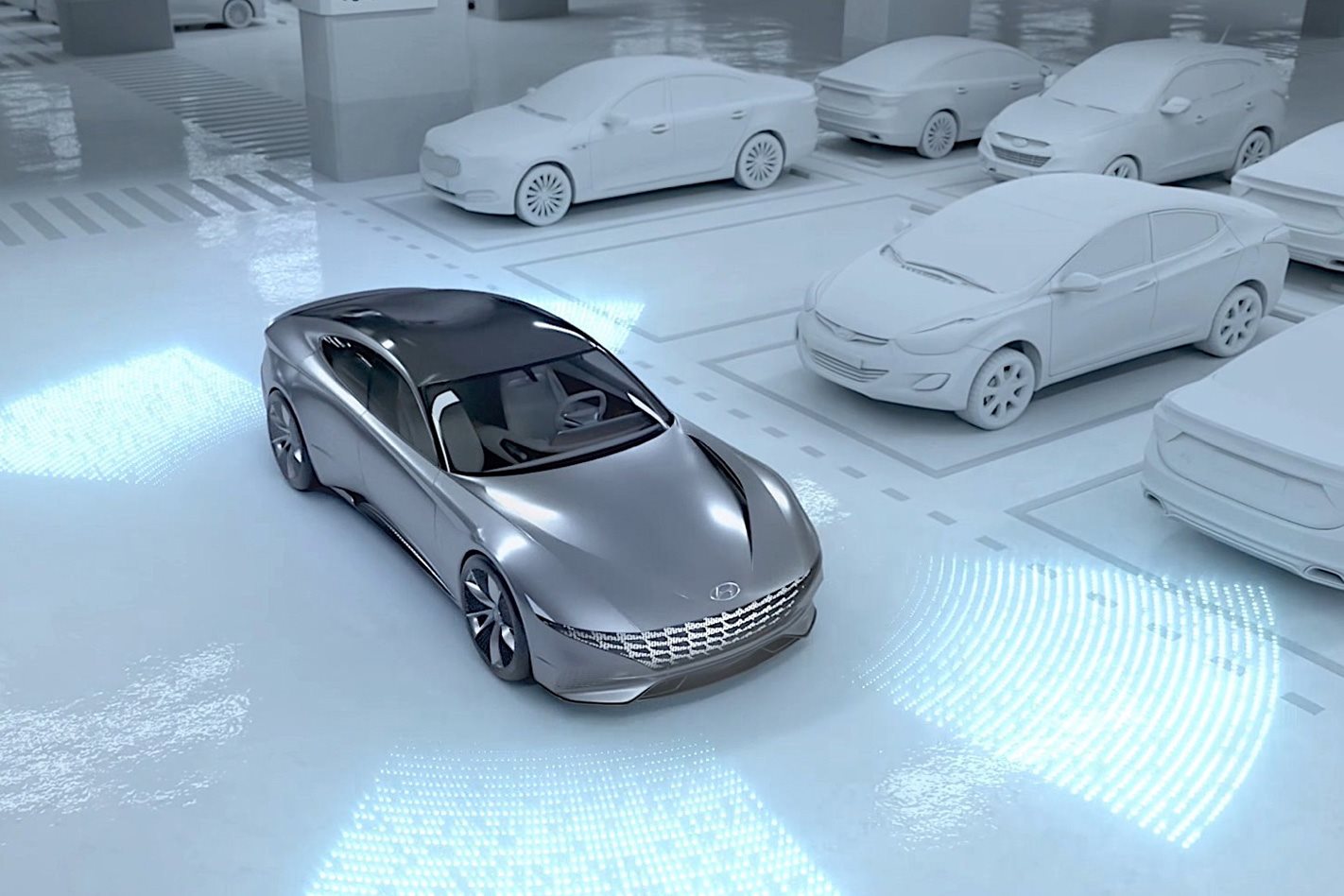THE WORLD’S tech heads have descended on Las Vegas for the annual Consumer Electronics Show (CES), to learn more about what our future will look like.
In recent years car manufacturers have shown an increase interest in the event, turning it into a de facto motor show for next-gen vehicle technologies.
This year is no different, and while there are some outlandish concepts like Hyundai’s ‘walking car’ and Airbus’s drone car, the show still provides valuable insights into what new technology will be coming to a showroom near you.
We’ve picked four trends or pieces of tech which you’ll be seeing on Aussie roads in the coming years.
More assistance, less autonomous – Toyota

Autonomous driving. It’s the topic on the tip of everyone’s tongue at CES. While there were plenty of self-driving pods at this year’s Las Vegas show, these won’t be on Aussie roads any time soon.
Instead, more advanced driver assistance systems are on their way, with Toyota revealing a new ‘Guardian’ tech suite.
Instead of completely replacing a driver’s responsibilities behind the wheel, Toyota Research Institute CEO Dr Gill Pratt says the system is designed to work alongside a human.
Guardian takes its inspiration from fighter pilot systems according to Pratt.
“Most of the time driver is in control, but when they reach the edge of a designated safety envelope, the car takes over and steers it back into this safety envelope,” he explained.
“It’s a seamless blend of human and machine working together as teammates.
Expect more manufacturers to go down the ‘driver assist’ tech route while fully autonomous systems are under development.
Screens, screens, and more screens – Byton

Car interiors without steering wheels and windows are a few ways off, but the judging from CES, new cars of the near future will feature increasingly large infotainment screens.
Chinese start-up Byton is a prime example, revealing what it claims is the largest in-car display ever fitted to a production car. The expansive screen is set to be fitted to the company’s upcoming fully-electric SUV, with the main unit measuring in at a whopping 49 inches.
There are also touchscreens fitted to the steering wheel, and centre console.
Who said driver distraction was an issue?
Self-parking to get a boost – Hyundai
Parking assist systems have been around for several years now, but Hyundai is working on new technology which can turn your car into a personal valet.
The Korean manufacturer has designed what it calls an Automated Valet Parking System (AVPS) for electrified vehicles. It’s a simple concept, drive to a parking station that is fitted with chargers, and hop out.
Hyundai claims the car will then drive itself to a recharge point, and when the batteries are replenished, find itself a parking spot to await the driver’s return.
Since the autonomous system doesn’t need to navigate public roads, its arrival in showrooms is likely to precede self-driving cars by a number of years.
Augmented reality is the new heads-up display – Nissan
The newest tech craze which car companies are adding to the feature suites is augmented reality. Mercedes-Benz is the first to put it into production, with the A-Class featuring AR navigation tech in Europe. The German manufacturer says similar technology will be available in Australia by the end of the year.

Nissan is getting on board in a big way, showcasing what it calls an Invisible-to-Visible (I2V) device. The system is designed to allow drivers to “see the invisible” by projecting a superimposed map of the surrounding area, which is built using information from on-board sensors, cameras, and data. This allows the car to communicate with other similarly-equipped vehicles and ‘see’ them coming, even if they’re behind buildings or around corners, projecting a ghost image onto the screen.






